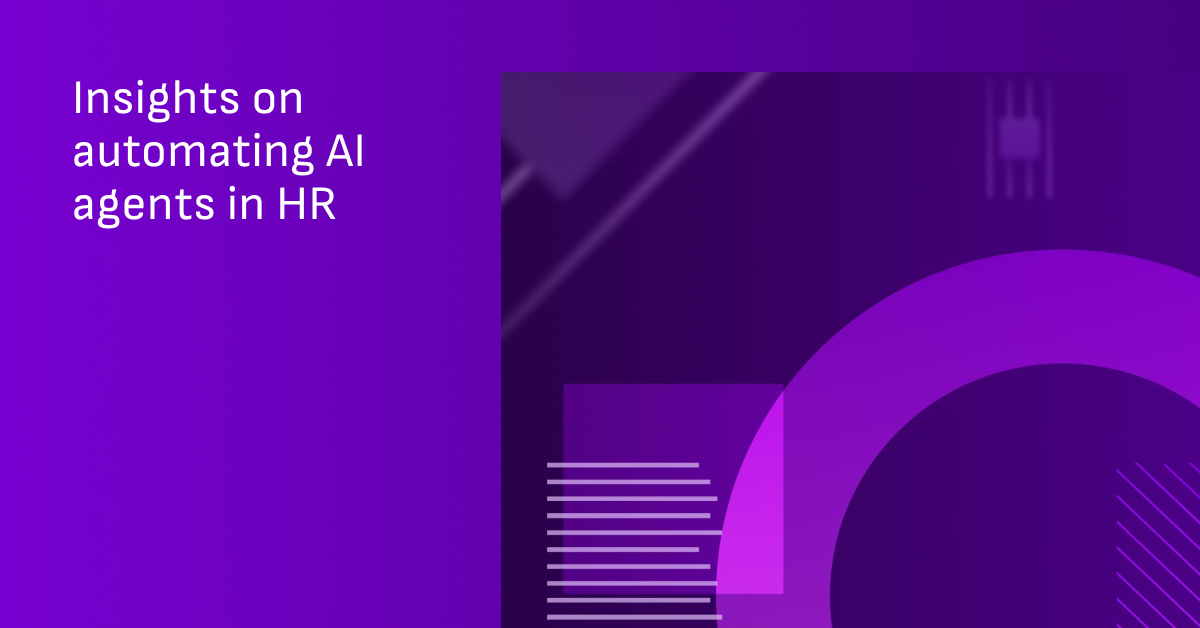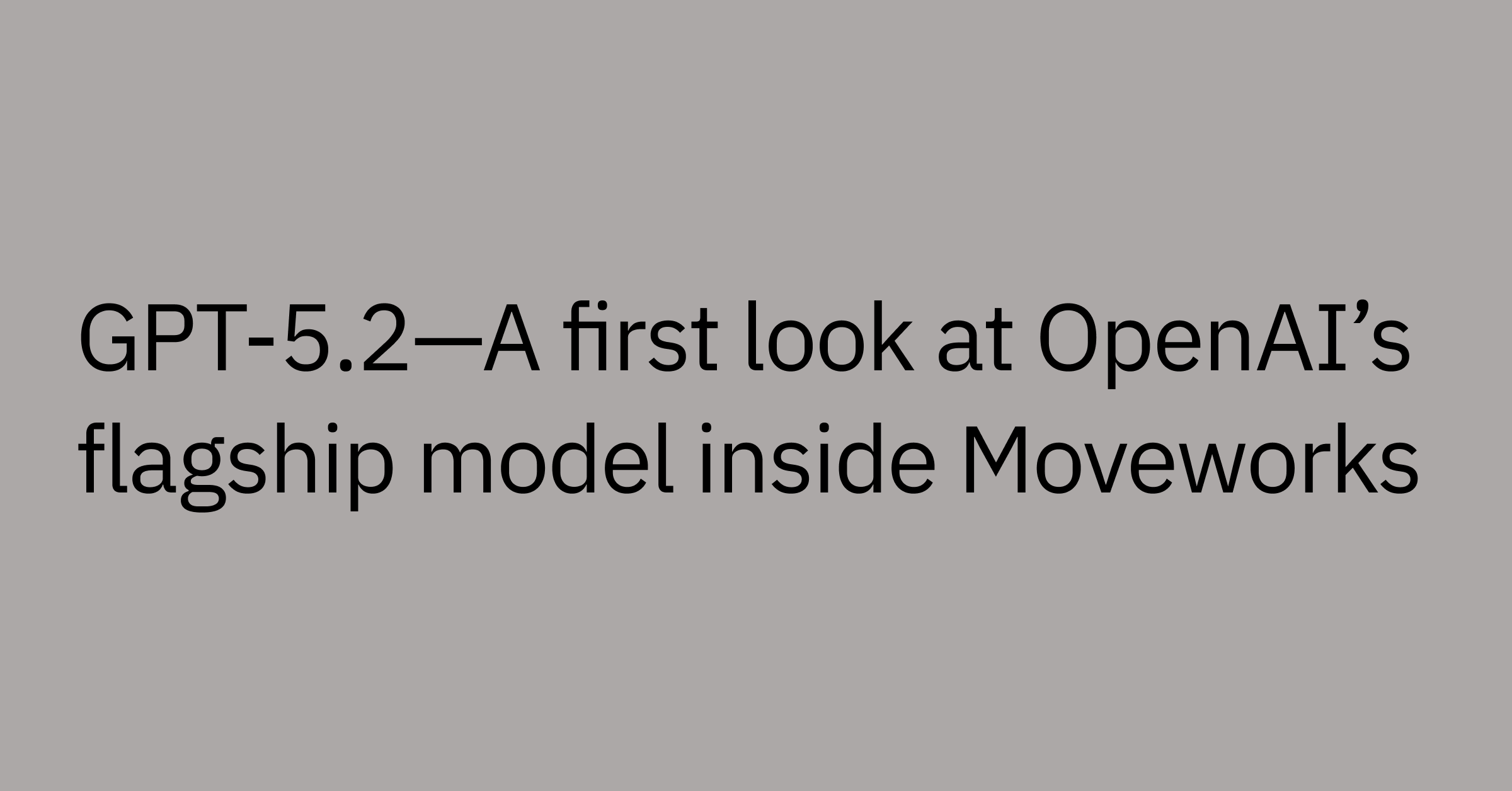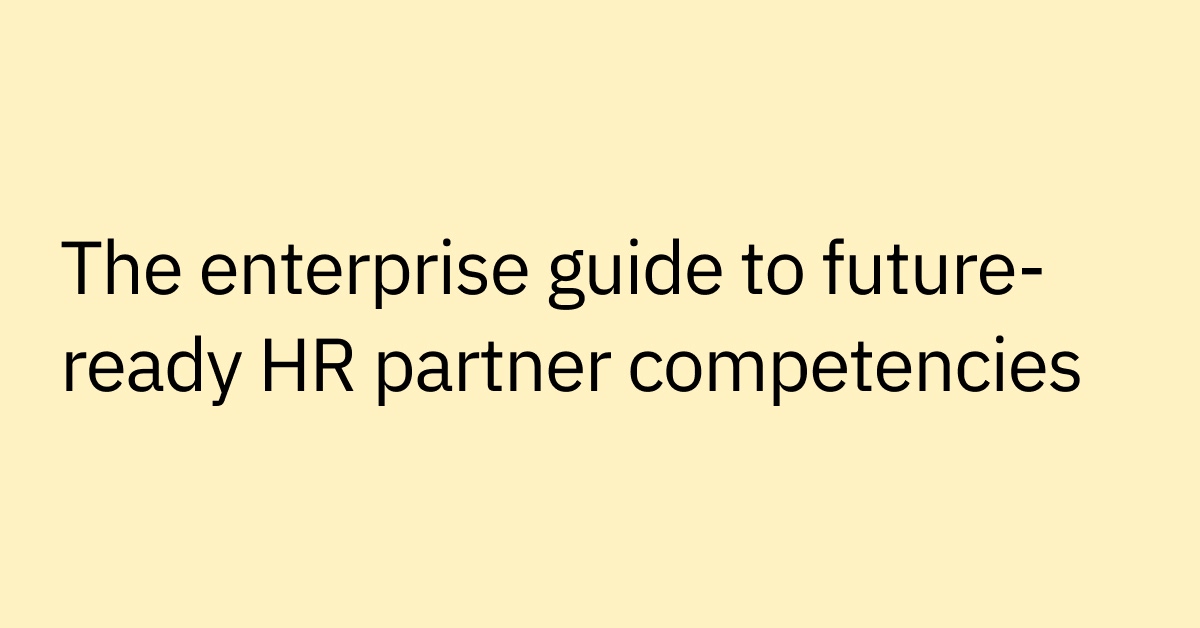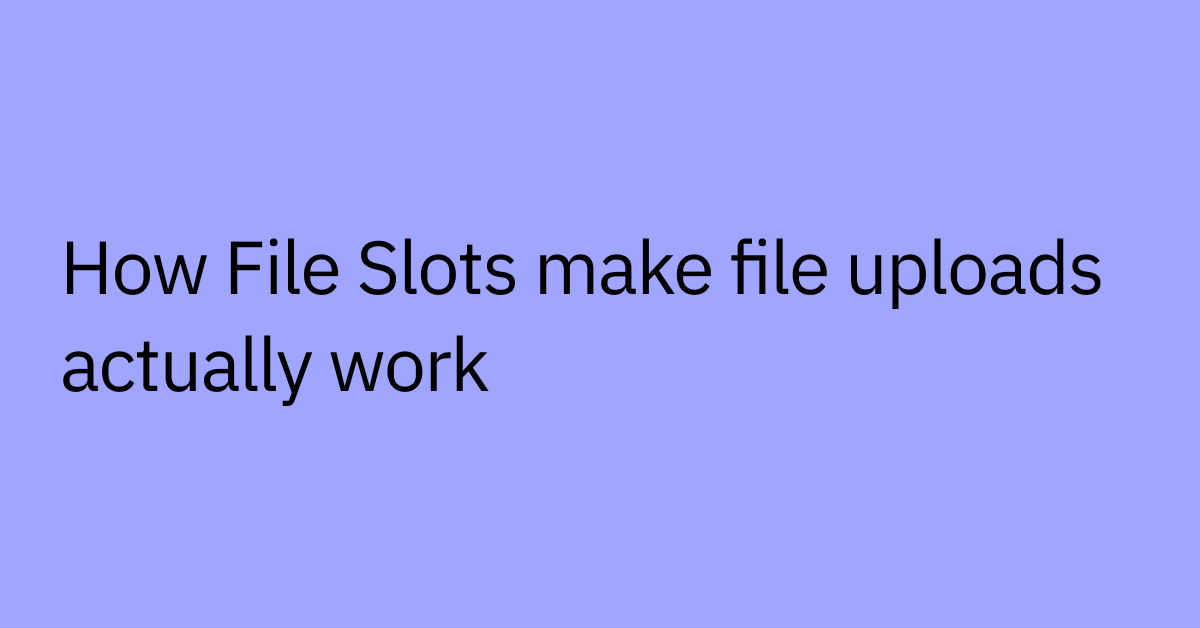Table of contents
As an HR leader in fast-moving organization, you want to understand new ways to streamline your processes, save time, and reduce manual workloads. You know that AI holds the key to making this happen, but are unsure what's possible or how to make this happen.
At Moveworks, we specialize in the development of AI agents, AI systems capable of interpreting language to understand user needs and then taking steps to execute on those goals. AI Agents designed to automate various aspects of different jobs, thereby enhancing operational efficiency and allowing employees to focus on more strategic tasks.
Recently, we conducted an in-depth analysis of hundreds of HR-related AI agents to understand how they add value to organizations and how they can be better used to drive productivity.
Here's a detailed look at our findings, with a specific focus on action and lookup agents that drive impactful HR processes.
Three different types of AI Agents
There are three different types of AI agents that we will be looking at- Lookup, Action, and Knowledge base type of agents. Lookup agents are those agents that are designed to quickly and efficiently retrieve specific pieces of information from an HR system.
Meanwhile, action plugins are designed to automate specific tasks or processes by interacting with various systems, executing predefined workflows, and performing a series of steps to complete a task from start to finish. Knowledge base plugins are designed to access, manage, and deliver information stored in a company's knowledge base.
1. A Deep Dive into Knowledge Base Agent Usage
One area where HR teams spend a substantial amount of time is answering common employee questions, such as "How do I find my PTO balance?", "What is the policy for sick leave?", or "What health insurance plans are available to employees?". Organizations without agent-driven HR departments may spend countless hours responding to these inquiries.
This is where Knowledge Base AI agents come in. These agents, as mentioned above, are able to access a company’s knowledge base in order to provide employees with information that they would otherwise have to trudge through different applications.
Normally, in order to find information such as, “What is the policy for sick leave?”, an employee would have to start off by logging into the company’s internal portal or intranet where the knowledge base would be located. Once logged in, the employee would need to find the knowledge base. If it is their first time, then they may even have to ask someone else where to find it, if not they would either have to search for it on the homepage.
Then, they finally find the knowledge base, they now need to find the specific question that they were looking for through reading different articles or documents relating to HR. This may include “HR Policies” or “Employee Benefits” documents.
To contrast this long, inefficient process, imagine if you had AI agents to find all this information for you. The process is simple, open the software to communicate with the Agent, and then simply ask it the question you wish to know the answer to.
2. A Deep Dive into Lookup Agent Usage
Our analysis revealed insights from hundreds of HR Agents used across the customer base. The lookup agents primarily focus on retrieving Employee ID and PTO balances, making up 80% of all lookup traffic. It's crucial to highlight that while a few agents currently represent a large portion of the usage, this distribution is top-heavy due to the fact that not all agents have been fully built out. As AI agent adoption increases and a wider variety of agents are developed, we expect these numbers to reduce.
Here's the breakdown of the most common lookup agents:
- Lookup Employee ID: Currently, employees often need to navigate through multiple layers of an HR system or contact HR personnel directly to find an Employee ID. This can be time-consuming and frustrating, especially when an Employee ID is needed for essential tasks such as accessing certain systems, completing forms, or confirming identity during inter-departmental processes. The ability to quickly find an Employee ID with this agent eliminates these delays, streamlining HR processes and interactions.
- Find PTO Balance: Traditionally, employees might email HR, wait for a response, or decipher complex spreadsheets and systems to understand their PTO balance. This can be especially stressful when trying to plan time off for important personal events, vacations, or family emergencies. Automating this lookup with an AI agent helps employees quickly and easily access their PTO information, enabling them to plan their leave without the back-and-forth with HR personnel. This underscores the importance of instant access to PTO balances in fostering employee satisfaction and reducing administrative burden.
- View Personal Information: Historically, verifying personal information often required submitting a request to HR and potentially waiting days for the information to be processed and updated. Ensuring that records are accurate and up-to-date is critical for many aspects of employment, from payroll to benefits administration. The ease of accessing personal data via this agent not only empowers employees to verify and update their information promptly but also reduces the workload on HR staff, who no longer have to act as intermediaries for these requests.
3. A Deep Dive into Action Agent Usage
While lookup agents are heavily utilized for their ability to provide quick access to essential information, action agents are pivotal in automating specific HR tasks. They play a significant role in improving operational efficiency and employee satisfaction. Below are the key findings regarding action agents, along with the current challenges employees face without these tools:
- Booking Time Off Request: Traditionally, booking time off often involves navigating through cumbersome HR portals, filling out forms, and waiting for managerial approval, which can be a slow and sometimes opaque process. Employees may also need to follow up with emails or phone calls to ensure their request is processed. This manual process is not just time-consuming but can also lead to errors or delays in approval, creating frustration for employees who are planning important personal time. By automating the time-off request process, AI agents enable that leave requests are processed more swiftly and transparently, reducing administrative burdens and enhancing the employee experience. Employees can quickly check the status of their requests and make plans with more certainty.
- Get Employment or Financial Reference Letters: Obtaining employment or financial reference letters often requires employees to submit a request to HR, who then manually prepares the document. This can lead to lengthy wait times and back-and-forth communication, especially when employees need these letters for urgent matters such as applying for a loan, renting an apartment, or starting a new job. AI agents streamline the generation and delivery of these letters, ensuring timely and accurate responses to employee requests. This automation not only relieves the HR department from routine tasks but also provides employees with the prompt service they need to meet deadlines or satisfy external requirements.
- Resignation: The process of managing an employee's resignation typically requires submitting formal resignation letters, notifying multiple departments, and completing various exit procedures, such as revoking system access and finalizing payroll, which can be both challenging and prone to delays. AI agents automate this resignation process, helping to reduce errors and administrative lag by enabling all relevant tasks—such as notifying HR, updating the HRIS system, and triggering offboarding workflows—are completed swiftly and accurately. This streamlines the departure, reduces the administrative burden on HR, can help improve compliance with company policies and legal requirements, and provides a smoother exit experience for the departing employee.
Business value of AI Agents
Knowledge Base Agents:
Let's examine how knowledge base agents are being used across Moveworks’ Customers. Say that on average employees ask around two HR related questions each quarter. This process involves many steps, which involves the employee asking the question, the HR agents reading it, finding the necessary resources, or checking employee information on platforms such as Workday or BambooHR, and then responding.
Extending this to a year for an organization with 100,000 employees equates to approximately 800,000 questions annually (2 questions/quarter * 4 quarters * ~100,000 employees).
If HR agents spend an estimated average of 3 minutes on each of these questions, this amounts to about 40,000 hours annually. This level of effort corresponds to approximately $1,937,500 annually, assuming an average HRBP salary of $93,000.
However, these efforts could be almost completely avoided with AI agent automatically serving the knowledge articles to the end users.
Lookup Agent: Employee ID Lookup
Imagine being an employee who needs your Employee ID for a crucial form. You log into the cumbersome HR portal, struggle with your login, and navigate a cluttered interface. Several minutes pass as you scroll through endless lists to locate your profile and find the ID buried among other details, consuming precious time and adding stress to your day. Now, envision simply typing "Lookup my Employee ID" into an AI assistant and getting the information in seconds. This efficiency saves time, reduces frustration, and allows you to focus on more important tasks, highlighting the clear benefits of automation. If you are lucky this may take you 3 minutes.
Now, let's put these findings into a real-world context. In Q4, we found approximately one Employee ID lookups per quarter). Normally using the process described above (1 questions/quarter * 4 quarters * ~100,000 employees), employees may end up spending 20,000 hours a year (3 minutes per question).
Meanwhile, using an Agentic AI solution like the Moveworks AI Assistant, each request could be processed in under 30 seconds, potentially saving 83% of employee time (2.5 minutes per request).
Action Agent: Reference Letters at Scale
We have observed that roughly one letter is required per every 5 employees annually. Considering employment letters are commonly needed for visa applications, house rentals, etc., we believe this estimate is reasonable.
We estimate that employees take about 10 minutes to request such letters using traditional tools (typically email or Workday), compared to just 30 seconds with an agentic AI solution. According to interview with HR Ops, it takes roughly 10 minutes for an HR agent to prepare one letter (reviewing the request, extracting information, copying it to a Workday template, triggering the workflow, and updating the HR case).
With agentic automation, this HR agent effort can be reduced to almost nothing. Below is a table that summarizes the end user effort saving and HR agent effort saving for reference letter and two other common action plugins:
| Action Plugin | Est. Annual Count | User effort saving per request | Total user hours saved | HR Agent effort saving per request | Total HR Agent cost saved |
| Reference Letter | 20K | 9.5 min | 3,166 hours | 10 min | $161,458 |
| Time Off Requests | 200K | 2.5 min | 8,333 hours | - | - |
| Update Personal Information | 20K | 2.5 min | 833 hours | - | - |
The Future of HR Automation: Multi-Plugin and Cross-System Integration
When examining five different large customers, we observed a stark contrast in the distribution of Business Applications (BizApps), particularly those related to HR.
These companies average 16 HR BizApps, with a range between 5 and 33. As the daily operations of large companies scale in complexity, the need for a diverse suite of BizApps becomes essential to support employees and enable them to focus on strategic tasks.
In a similar vein, AI agents offer unparalleled support by automating repetitive tasks. By "employing" AI agents alongside BizApps, companies can effectively scale their operations without increasing headcount. This principle is evident in larger organizations, which actually employ fewer HR staff per 100 employees compared to their smaller counterparts (link). Imagine the transformative potential when these BizApps are augmented with the capabilities of AI agents.
Currently, most of the automation implemented by customers involves a single plugin call against one HR system. However, with the advancement of agentic planning and reasoning capabilities, we expect use cases that involve multiple plugin calls and cross-system integrations to become more prevalent. These sophisticated automations have the potential to streamline more complex processes and significantly enhance operational efficiency.
Take, for instance, the process of new employee onboarding. This process could involve retrieving candidate information from the Recruitment system, creating a new employee record in the HRIS system, initiating benefits enrollment in the Benefits Administration system, setting up payroll information in the Payroll system, and creating user accounts in the Time and Attendance and Employee Self-Service systems. In industries with high turnover rates, such as those with a large number of seasonal and contract workers, this could mean automating a large volume of repetitive tasks, significantly reducing administrative load.
Similarly, performance-based compensation reviews—a process all employees go through once or twice a year—could be streamlined by pulling performance data from the Performance Management system, using this data in the Compensation Management system to determine raises or bonuses, updating the Payroll system with new compensation information, and for promotions, updating the job title in the HRIS system. Automating these steps ensures accuracy and expedites what can otherwise be a cumbersome process.
Compliance reporting, likely necessary for all contractors, can also benefit from advanced automation. This would involve gathering time and attendance data from the Time and Attendance system, collecting compensation data from the Payroll system, and combining this information in the Compliance system to ensure adherence to labor laws. The time and effort saved can be significant, freeing up HR to focus on more strategic activities.
Another example is the implementation of an Employee Wellness Program. Automation can use data from the Time and Attendance system to track work hours and potential burnout, integrate with the Employee Wellness and Wellbeing system to suggest appropriate programs, and update the Employee Self-Service portal with wellness program information. This not only improves employee well-being but also promotes a culture of health and engagement within the organization.
Sharing our Insights on Automating HR with AI Agents
AI agents are revolutionizing HR by automating repetitive tasks, thus enhancing efficiency and freeing HR teams to focus on strategic initiatives. Our analysis shows that knowledge base, lookup, and action agents can significantly streamline common processes, saving time and reducing costs.
By integrating AI agents, organizations can more effectively handle complex operations, improve response times, and boost employee satisfaction. As AI technology continues to advance, its role in HR will grow, driving innovation and operational excellence. That's why embracing AI agents now will help to prepare HR departments for a future that demands greater efficiency and strategic focus.



